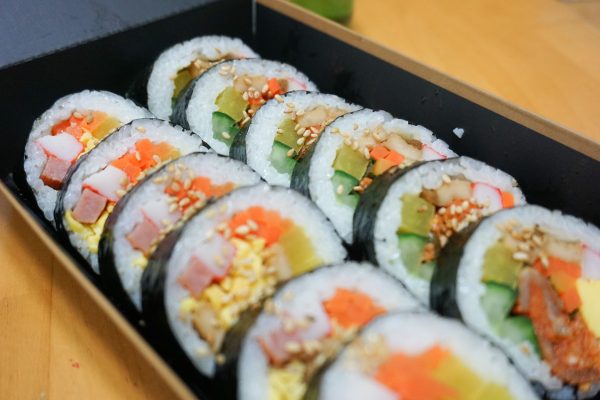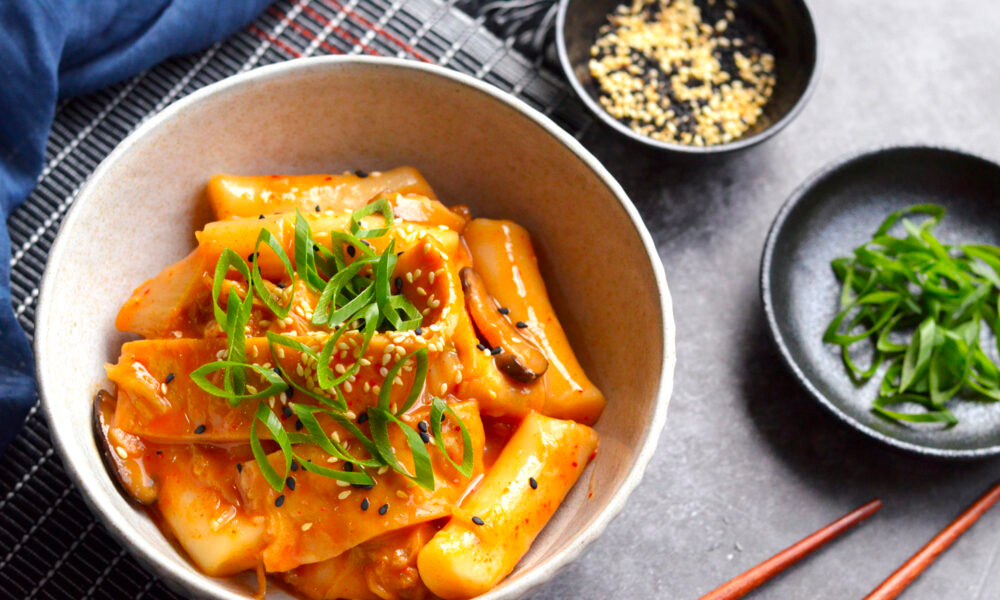South Korea is a vibrant tapestry of ancient traditions and modern allure, offering travelers a unique blend of cultural experiences and gastronomic delights. From bustling cities to serene landscapes, each region presents its own culinary specialties that are a testament to the country’s rich heritage and innovative spirit.
When to Visit: Seasons of Flavor
The best times to explore South Korea are during spring (April to June) and autumn (September to November). Spring blankets the country in cherry blossoms and mild weather, perfect for savoring light and fresh dishes like bibimbap and kimchi. Autumn brings crisp air and a harvest bounty, ideal for indulging in hearty stews and grilled meats. These seasons not only enhance the travel experience with stunning natural beauty but also align with the peak times for seasonal ingredients used in traditional Korean cuisine.
Seoul: The Heartbeat of Korean Cuisine
Seoul, the capital city, is a culinary powerhouse where traditional flavors meet contemporary twists. Wander through the vibrant streets of Myeongdong or Insadong to discover an array of street foods and fine dining options. Don’t miss trying koreanjjajangmyeon noodles, a beloved dish featuring thick noodles topped with a savory black bean sauce loaded with pork and vegetables. For an authentic experience, visit Gwangjang Market, where you can sample delicacies like bindaetteok (mung bean pancakes) and mayakgimbap (addictive mini rice rolls).
Jeonju: A Culinary Treasure Trove

Known as the food capital of South Korea, Jeonju is synonymous with traditional flavors and meticulous preparation. The city is famed for its bibimbap, a vibrant rice dish mixed with an assortment of vegetables, beef, and a spicy gochujang sauce. Explore the JeonjuHanok Village to dine at local eateries that preserve age-old recipes and cooking techniques. Don’t forget to try kongnamulgukbap, a comforting bean sprout soup served with rice, perfect for any season.
Busan: Coastal Flavors and Fresh Seafood
Busan, South Korea’s second-largest city, offers a maritime twist to traditional cuisine. The bustling Jagalchi Fish Market is the place to taste the freshest seafood, from live octopus to succulent shrimp. A must-try dish here is hoe, the Korean version of sashimi, which highlights the natural flavors of the sea. For a unique experience, visit a beachfront restaurant to enjoy grilled clams or spicy seafood stews while watching the sunset over the ocean.
Gyeongju: A Taste of History
Steeped in history, Gyeongju provides a serene backdrop to savor traditional Korean dishes that have stood the test of time. The region is renowned for ssambap, where rice and various side dishes are wrapped in fresh lettuce leaves, offering a harmonious balance of textures and flavors. Explore local markets and hanok-style restaurants to enjoy dishes made with locally sourced ingredients, reflecting the simplicity and depth of Korean culinary philosophy.
Common Ingredients and Flavors
Traditional South Korean cuisine is characterized by its bold and balanced flavors, often combining spicy, sweet, sour, and umami notes. Key ingredients include:
- Gochujang: A fermented red chili paste that adds heat and depth to many dishes.
- Doenjang: A rich soybean paste used in soups and stews.
- Sesame Oil: Provides a nutty aroma and is essential in dressings and marinades.
- Garlic and Ginger: Fundamental for their pungent and aromatic qualities.
- Fermented Vegetables: Kimchi, Korea’s iconic fermented cabbage, adds tanginess and complexity.
These ingredients not only define the taste profiles of Korean dishes but also contribute to their nutritional benefits, making Korean cuisine both flavorful and health-conscious.
Savor the Experience: Popular Dining Spots
Each region in South Korea boasts its own beloved eateries that locals swear by:
- Seoul: TosokchonSamgyetang is famous for its ginseng chicken soup, a nourishing dish often enjoyed during the hot summer months.
- Jeonju: Gogung restaurant serves some of the best bibimbap, using a meticulous selection of fresh ingredients.
- Busan: Haeundae’s seafood restaurants offer an array of grilled and steamed delights right by the beach.
- Gyeongju: Sashimi Alley features a variety of hoe, showcasing the freshest catches from the nearby waters.
Conclusion: A Feast for the Senses
South Korea invites travelers to immerse themselves in a world where every meal is a celebration of tradition and innovation. Whether you’re wandering through the historic streets of Gyeongju, enjoying the urban buzz of Seoul, or relishing fresh seafood in Busan, the country’s culinary landscape promises unforgettable flavors and experiences.
For more traditional recipes and culinary inspiration, visit DelishGlobe and continue your journey into the heart of Korean cuisine.


